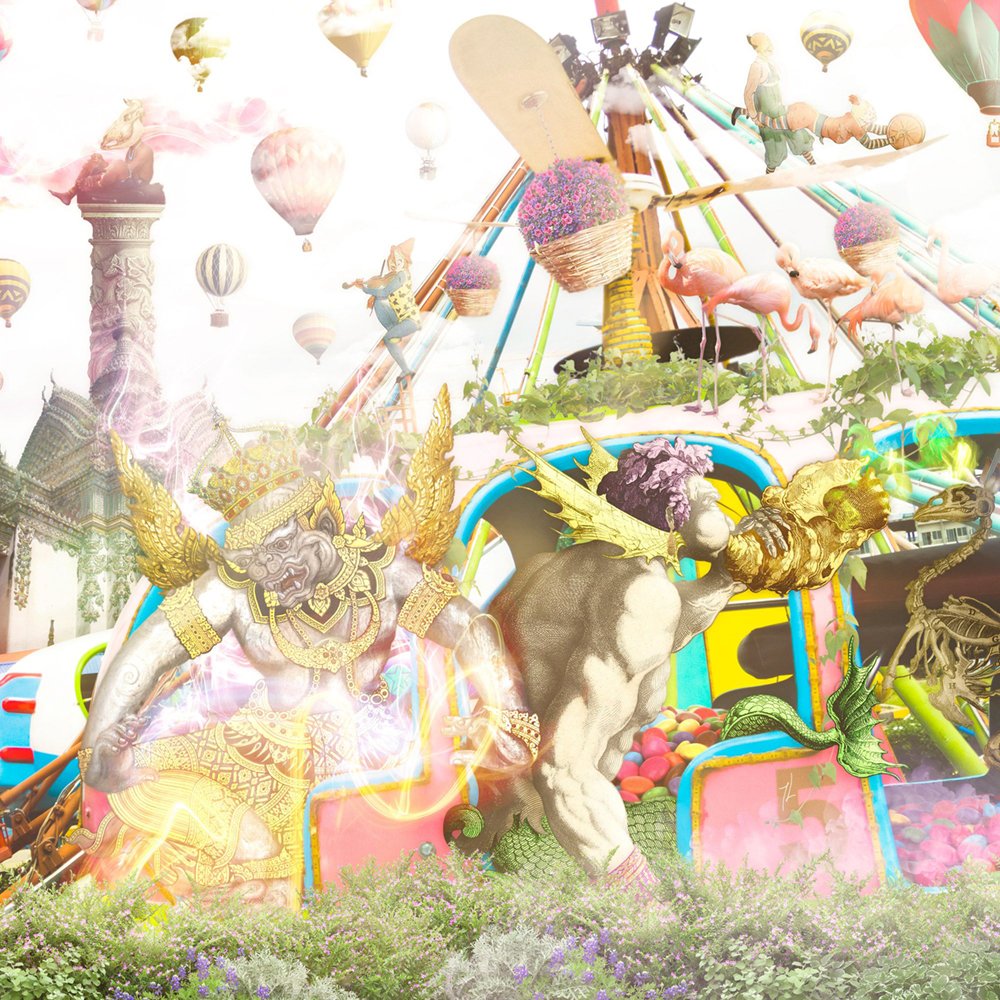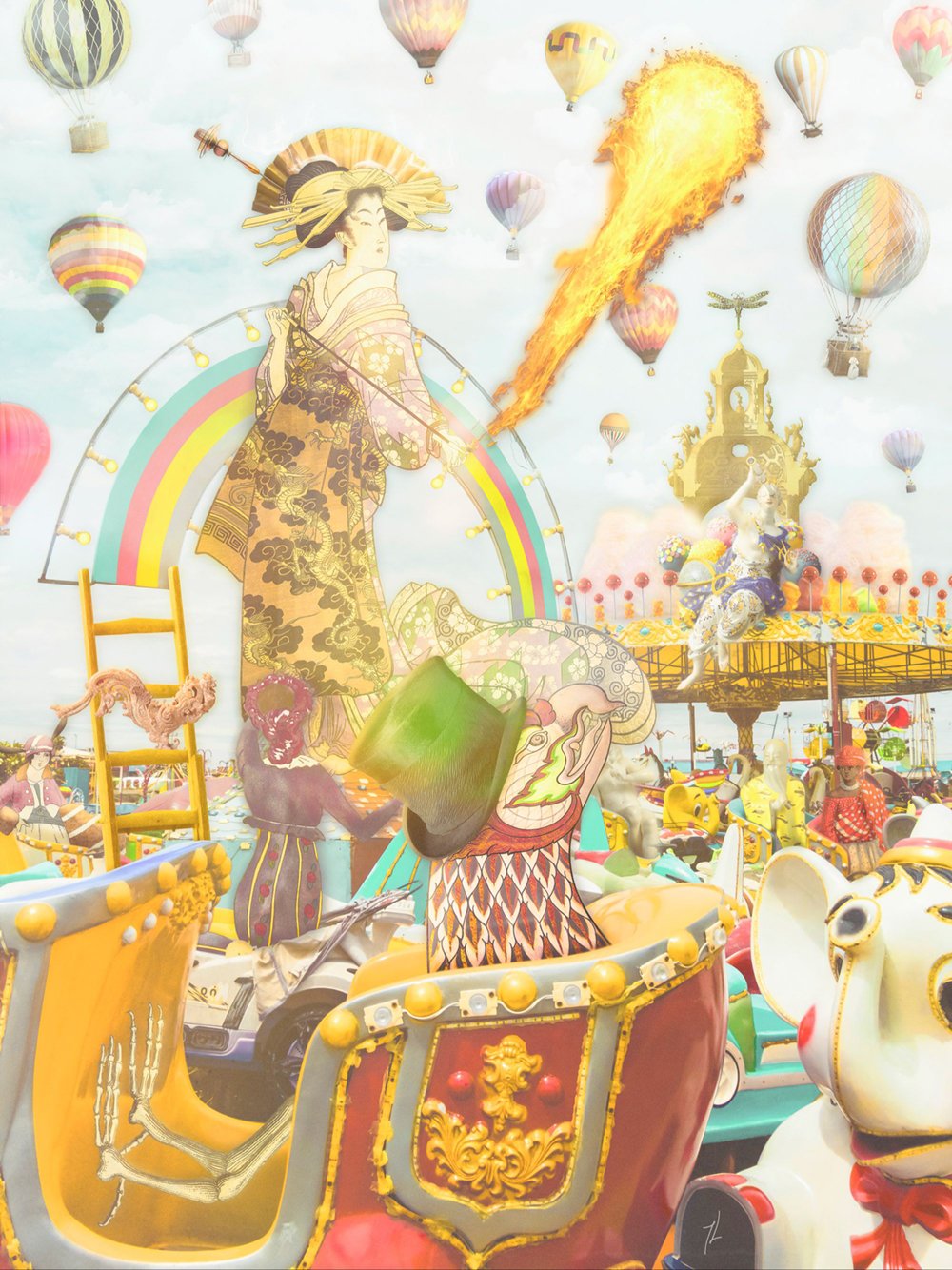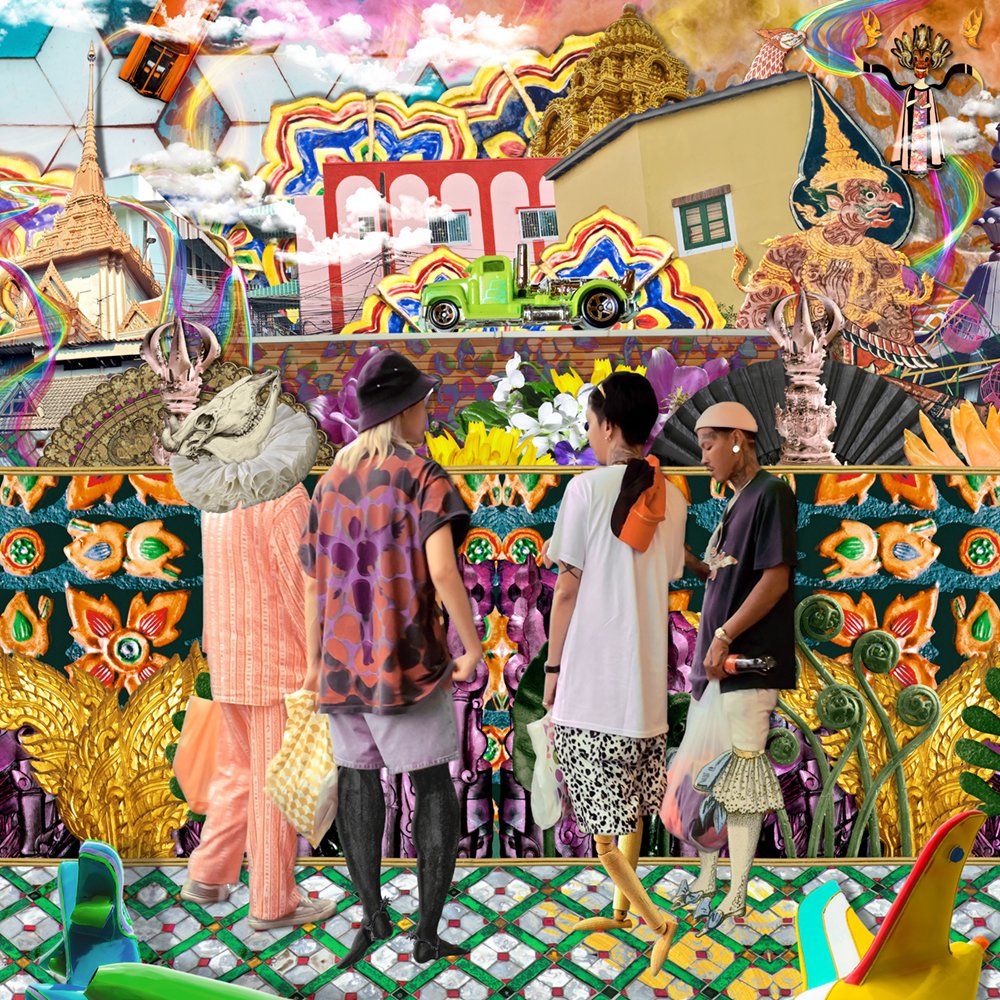Toby Leon
Toby Leon
Toby Leon, an artist based in Sydney, had the unique opportunity to spend his formative years immersed in a dynamic blend of artists, eccentrics, and scholars. These early influences deeply ingrained in him an insatiable curiosity, inspiring him to approach life with resolute inquiry and unwavering courage. While surrounded by an environment rich in coffee table books, his fascination with art and design took root, and tales of global adventures ignited a profound sense of wanderlust. Amidst the diverse lessons he absorbed, a fundamental principle stood out—the perpetual significance of nurturing an ever-curious mind. This lesson serves as a constant reminder for him to always set aside room for exploring the uncharted.
Toby’s artistic journey is characterized by opulence and exuberance, driven by an unquenchable thirst for the novel and unexplored. Having ventured through twenty-two countries across four continents, his ability to establish a sense of home wherever WiFi is available and a spark of intrigue exists speaks volumes about his adaptable nature. He attributes this comfort in nomadic living to the indelible influence of his eclectic upbringing, an influence that holds immeasurable value in his heart.
Toby Leon “Way Back When Playpen” 2019
Artrepreneur: How do you approach overcoming creative blocks or self-doubt in your artistic journey?
Toby Leon: There’s only one rule for dealing with creative blocks: just try. Try again. Try something new. Then try again. Yes, really, try again. And try to be the kind of friend to yourself that you’d be for someone else… as best you can.
As for what creative blocks are in the first place, they’re catharsis in disguise. The friction that will (eventually) force us to change if we don’t heed its sweeter invitations. Only blocking us if we keep denying the inevitable. So find creative outlets that work for you now, which may or may not be making art. Lean into the discomfort of not knowing. Don’t worry if things that used to fuel you don’t anymore. That’s one of the creative block’s greatest tricks. Convincing us change is a sign that things are falling apart or not worth bothering with. But I say, those signs you think spell doom are actually invitations to evolve… if you flip them upside down and turn them inside out, that is.
Toby Leon “Madame Firefly” 2022
ATP: Can you describe the overarching themes or messages that you explore in your artwork?
TL: Cross-cultural connections, unanswered questions, overlapping histories where the aperture widens and possibilities emerge from the margins. Nothing’s so easily defined in my work, because history hasn’t settled on an answer to many of the questions that pique my interest. Or the ‘answers’ need unpacking. Reimagining, at least. Feeding into my love of liminal spaces. Often found in those haphazard gaps between childhood and adulthood, which I furnish with reckless abandon. Or the static electricity of queer tales omitted from history’s ‘greatest hits’. And last but not least, old faithful AKA those peculiar jolts between fine art and postmodern trash. That shock and awe blend of camp, kitsch and just plain tacky always draws me in. Reminding me how chintzy classicism’s been from the beginning.
ATP: Can you share any insights or advice for emerging visual artists who are just starting their creative journey?
TL: You own your evolution by actively seeking feedback. My approach has always been gung-ho, but you can build up the tolerance over time. And in my experience… it’s how people get ahead fastest, because it’s learning and networking in one. Besides, there’s so much talent out there. So when you think about what distinguishes people who make impact or kick goals or whatever you want to call it… it’s not always talent, is it? Which is why feedback matters so much. So start small and ask early. Build up the strength ’til you can approach people whose reaction makes you nervous. Until you can hear criticism and not take it personally, because you asked someone about art, which is subjective, even if it’s yours. Beyond all that, so many great opportunities happen for people who keep turning up, going the extra mile and showing how much they care by asking for feedback AKA my 1-2-trifecta for getting yourself taken seriously.
ATP: How do you handle criticism or feedback on your artwork?
TL: It’s a discomfort that’s been vital for me. My work is intentionally offensive to good taste, because I don’t see a distinction between fine art and lowbrow besides taste. Many do, of course, and my art is clearly not for everyone. Never imagined it would be. Which has often given me a feeling of comfort, funnily enough. The hardest part’s over before it’s begun — I know I’m not for everyone. And I get as much value from people who love what I do as those who don’t much care. Both tell versions of the truth about my work that I may not have noticed otherwise. So lean into the discomfort, I say. Ask broadly and ask often. It gets easier the more you do it. Until eventually, you crave it.
ATP: How do you know when a piece of artwork is complete, and how do you resist the temptation to overwork or obsess over perfection?
TL: I hope nothing’s ever truly complete, because that’s a dead end bore. As for when it’s time to step back from a piece and share it, I try not to force a resolution. I find the work suffers when I do. These days, when I hit a wall, I pivot. Nothing fancy — I clean, go for a walk, escape into film, stretch — anything that distracts me long enough to come at the same piece again with fresh eyes. Sometimes walking away is the only route to seeing your work clearly.
Toby Leon “Robyn” 2018
ATP: Are there any specific features or resources on artrepreneur.com that have been particularly valuable in advancing your artistic goals?
TL: Years ago, but not that far back, How to Sell Your Art Like an Artrepreneur helped me get clear. When you do everything yourself, as artists do more often than not, you learn the value of time better than most. So access to crisp, clear, reliable guides make me feel like things are possible — brick by brick. It’s also rare to find such specific guides without a hidden agenda. How to Sell Your Art Like an Artrepreneur felt like true north, and that’s no small thing for someone finding their way.
ATP: Have you found the platform to be effective in connecting you with opportunities, promoting your work, or expanding your network within the art community?
TL: I’m just starting to. I love the mix of styles and subjects in your Open Calls — inclusive and adventurous. Plus the curatorial review’s a gift. The opportunity to get honest feedback while also getting to know the curator… another rare and remarkable opportunity from Artrepreneur.
To view more of Toby’s work please visit his Artrepreneur profile.




